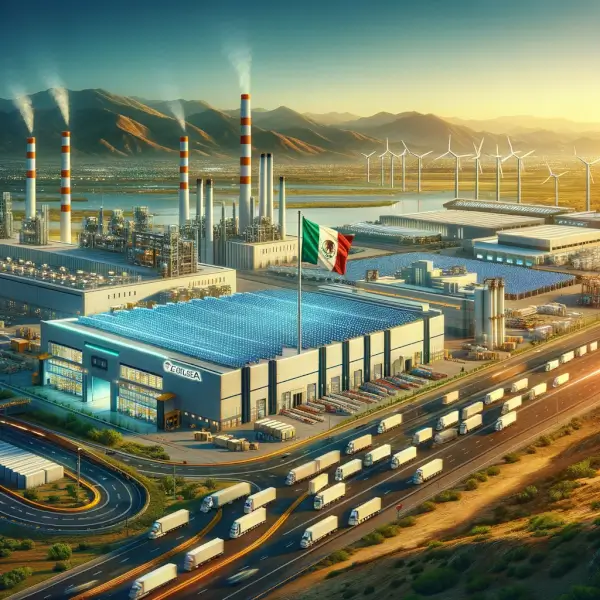Standfirst: As Mexico becomes a hub for manufacturing exports, companies eyeing nearshoring need to navigate a complex landscape of planning, procurement, and regulatory understanding to ensure a smooth transition and sustainable operations.
Planning for Success in Mexico’s Manufacturing Landscape
The allure of nearshoring in Mexico is strong, with projections indicating a significant boost in manufacturing exports. However, the transition is not without its challenges. To avoid potential pitfalls, a comprehensive planning process is essential. This process must encompass a thorough understanding of Mexico’s business environment, including tax regulations, infrastructure quality, local supplier networks, and cross-border transportation logistics.
Key Steps for Effective Nearshoring
- Incorporate Procurement Early On: Assess local sourcing options for raw materials to capitalize on cost savings and reduced transit times. Utilize programs like IMMEX to benefit from temporary importation provisions and align with the USMCA trade agreement.
- Navigate the Regulatory Terrain: Engage with legal and fiscal experts to stay abreast of Mexico’s frequently updated rules. Establishing the right operational structure is crucial, and local expertise can provide invaluable insights into compliance and trade regulations.
- Logistics and Infrastructure Considerations: Selecting the right location within Mexico is critical. Proximity to suppliers, access to robust infrastructure, and the availability of specialized labor are factors that can significantly impact supply chain efficiency.
- Develop Contingency Strategies: Despite the proximity advantages, nearshoring is not immune to disruptions. Recent border delays underscore the need for backup plans and alternative logistics solutions to maintain supply chain resilience.
Adapting to Change and Maintaining Agility
The dynamic nature of global trade necessitates constant vigilance and adaptability. Companies must stay informed about trade policy shifts, border conditions, and political changes that could influence their nearshoring strategy. By doing so, they can ensure their supply chain remains flexible and capable of responding to an ever-evolving landscape.





